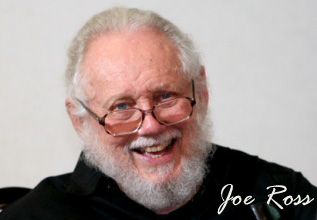Trading Educators Blog
Stop Management
Richard Wyckoff wrote: "My stop was moved down so there couldn't be a loss, and soon a slight rally and another break gave me a new stop, which insured a profit, come what might… I strongly advocate this method of profit insuring. The scientific elimination of loss is one of the most important factors in the art, and the operator who fails to properly protect his paper profits will find that many a point, which he thought he had cinched, has slipped away from him. When you push a stop close behind a rise or decline, you leave the way open for a further profit; but when you close the trade of your own volition, you shut off all such chances. This whole plan of using stops is a sort of squeezing out the last drop of profit from each trade, and never losing any part that can possibly be retained."
The instructions from Mr. Wyckoff are very clear, and reflect what I had learned from Joe Ross at the beginning of my trading career. "Move the stop to break-even as soon as you can, Andy" were Joe's words, and I can still hear them when I trade. Joe calls it "getting a free trade," and that is what Trading Educators continues to teach its students.
After the trade starts moving your way, protect your paper profits with a trailing stop. Always move the stop in the direction of your trade to make sure you keep a large portion of your profits. This way you can stay in the trade as long as the market is handing over profits, but you are getting stopped out as soon as the market stops moving in your direction.



